
In one of James Churchward’s scrapbooks there is an article discussed previously (Looking for the Great Uighur Empire Capital Part 3 and The “First Man, Dual Principle”) that provides a lot of the information contained in his account of the Great Uighur Empire.
One person mentioned in the text of the article, but not used in James’ writing is the enigmatic Dr. Lao Chin.
In the “In the Secret Tomb of Earth’s Oldest Kings,” Dr. Lao Chin is quoted as follows:
“The writings in the tomb,” commented Dr. Lao Chin, the Chinese archaeologist associated with the Kozloff expedition, “are the books of a golden age. In the secret chambers of the old Tao temples are to be found fragments of the same kind of writing, but no one has been able to decipher them. Once a great white race inhabited what is now the Gobi. China, India and the Mediterranean countries were then inhabited only by barbarians. These men of the Gobi sent out expeditions to colonize the wilds of a savage earth. Some of them came to China and, mixing with the best of the yellow savages, became the Chinese race. Others went to Egypt, India, and Greece and northern Europe and did the same thing there. They probably even got as far as America and were the founders of that lost civilization which was old before the Aztecs came down and fond its ruined cities.”

James Churchward expanded on this racist theme put forth by Dr. Lao Chin in the Children of Mu
So, what else can we find out about Dr. Lao Chin? Was he a real person or just an identity manufactured for the yellow journalism article?
The article mentioned above was published in the American Weekly on September 7, 1924, however there is an earlier article published in The Philadelphia Inquirer Magazine Section in March 1923 referencing Lao Chin. Entitled “The Amazing Imagery of Robert W. Chanler,” the article announces that Dr. Lao Chin wrote a chapter from the Oriental viewpoint on the book by Ivan Norodny (“remarkable Russian scholar and former revolutionary”) called “The Art of Robert Winthorp Chanler.” The good doctor is further described as “a subtle and wise Chinese philosopher.”
January 25, 1925 saw another article mentioning Dr. Lao Chin in numerous weekend magazine sections entitled, “Strange Secrets of Thibet’s “Temple of Life”.” In this article, Dr. Lao Chin is identified as “a distinguished Mongolian explorer and authority on history and archaeology.” He is also cited as having a book soon to be published in the Russian, Chinese and Mongolian languages entitled, “The Land of the Gods.” In the article, the good doctor reveals the secrets of a hidden colony of ancient mystics living in a curious mountain valley.
In July 1937, in an article concerning the reincarnation of His Holiness the Dalai Lama of Tibet, Dr. Lao Chin again was mentioned. Entitled, “Paging a New Dalai Lama” in the Pittsburg Post Gazette” (July 24th,) Dr. Lao Chin is declared a traveller and explorer who “authenticated the details of a mirage as previously described by visitors to the Gobi.” He also is quoted to mention the colony of ancient hermits in a hidden mountain valley in the Himalyas.

In February 1940, the San Francisco Examiner in a article by author Ivan Norodny (“The Art of Robert Winthorp Chanler”,) entitled, “A Woman-Led ‘Golden Horde'” remarks about the passing of Dr. Lao Chin, the great Mongolian explorer. In the article, the late doctor was credited with finding the hidden tomb of Chinghis Khan and his golden sarcophagus and hiding the artifacts away until they could be whisked away to save them from Japanese invaders.
In August 1942, the San Francisco Examiner brings the late Dr. Lao Chin back to life in an article entitled “Is the Fabulous Valley of Shangri-la More Than a Dream?”. Again, the doctor is described as a ‘famous Mongolian explorer’ and is credited with providing an account of his 1926 visit to the hidden valley of ancient mystics in Tibet and the buildings of black basalt and grey granite.
Is there more information available about Dr. Lao Chin to prove that he was a real person?
Was he an adopted persona of Ivan Norodny(1870-1953)? The first mention I found of his existence is contained in an article describing a book written by Norodny where he provides a chapter on the ‘Oriental viewpoint.’ The other contributor to his book was Christian Brinton (1870-1942,) an internationally renowned art critic, collector and curator and provided a chapter on the American viewpoint of Chanler’s work. Perhaps Norodny felt he needed the Oriental viewpoint to balance his presentation?
Could Dr. Lao Chin be fictional and Norodny used his Russian background to provide the ‘Oriental’ viewpoint in “The Art of Robert Winthorp Chanler” and continued to use Dr. Lao Chin as an expert in further articles he wrote?
The 1937 article is attributed to John B. Miller, however all the other articles (except for the 1942 article which is authored by Norodny) do not have an author listed.

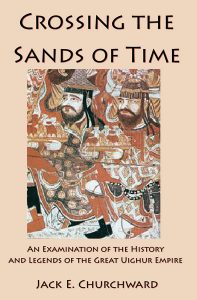




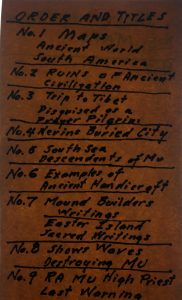
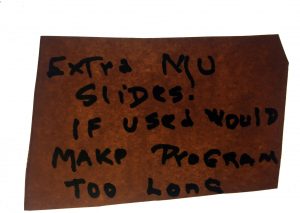
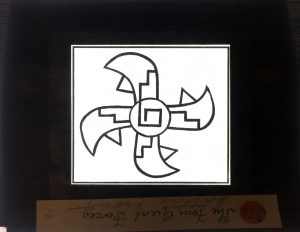
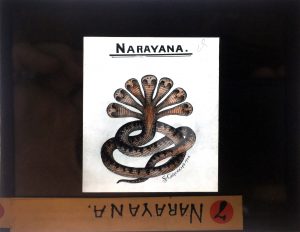
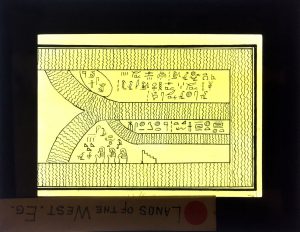
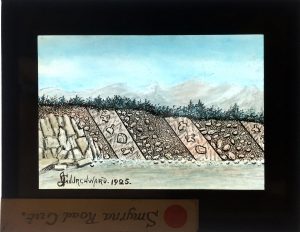
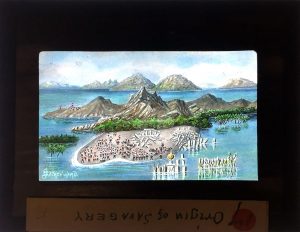
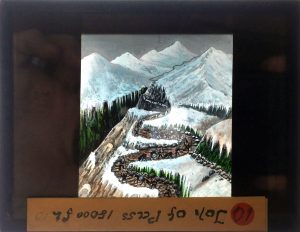


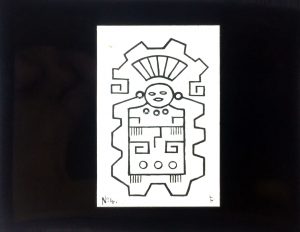
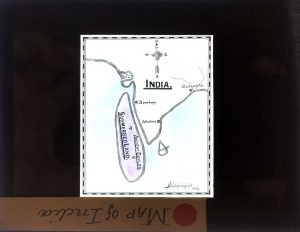
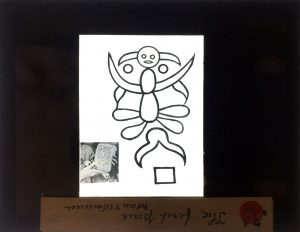
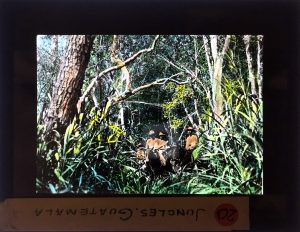
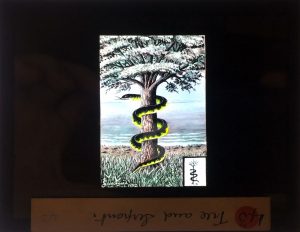

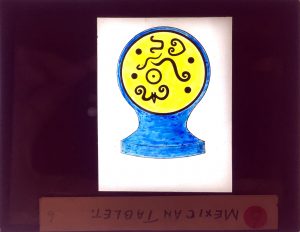

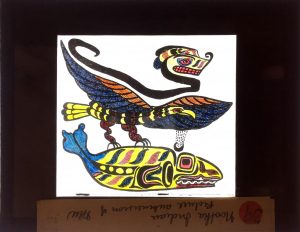
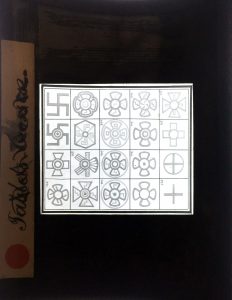
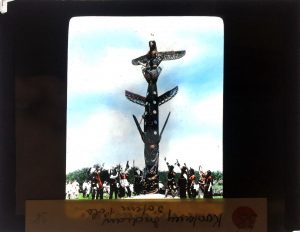
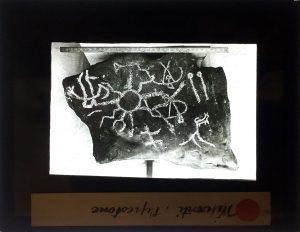
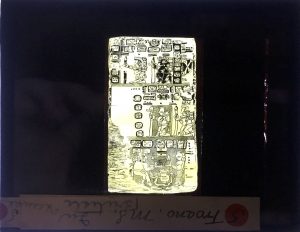
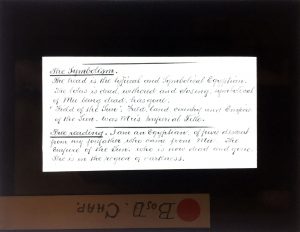
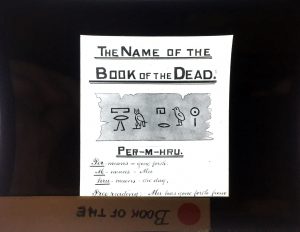
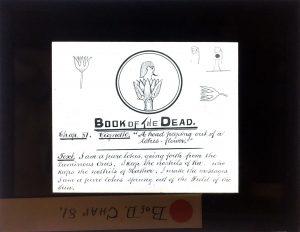


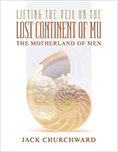



 RSS - Posts
RSS - Posts